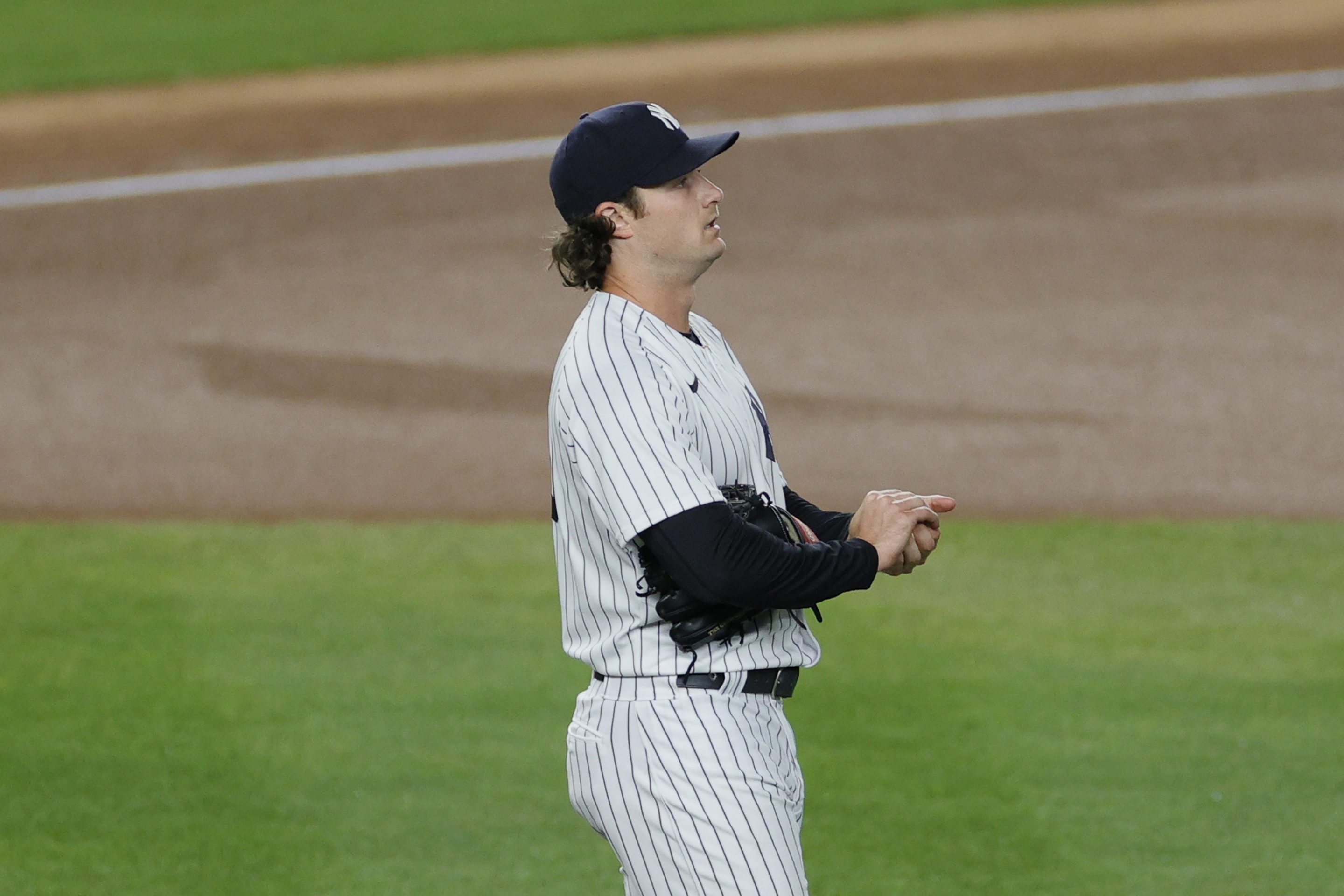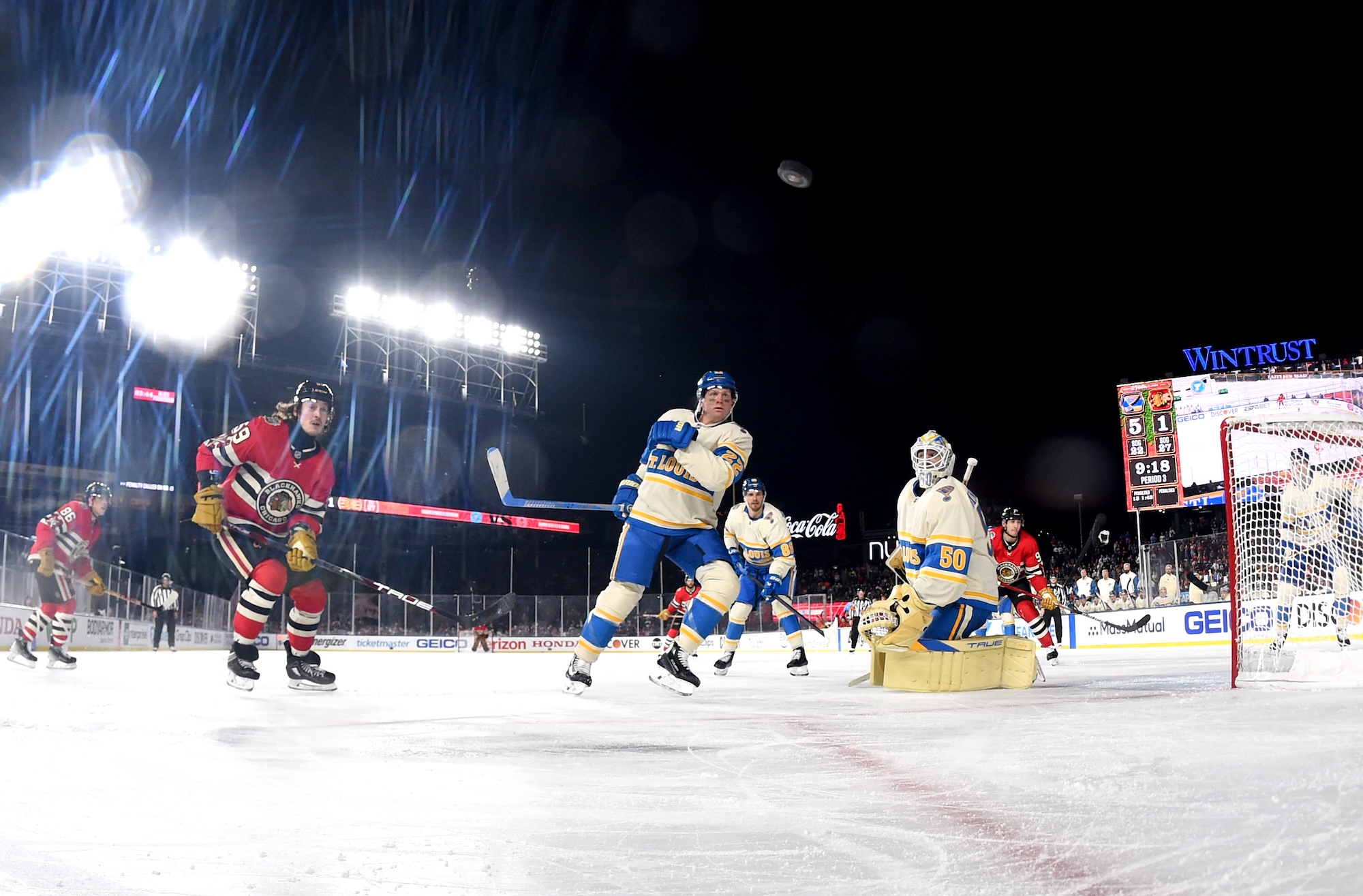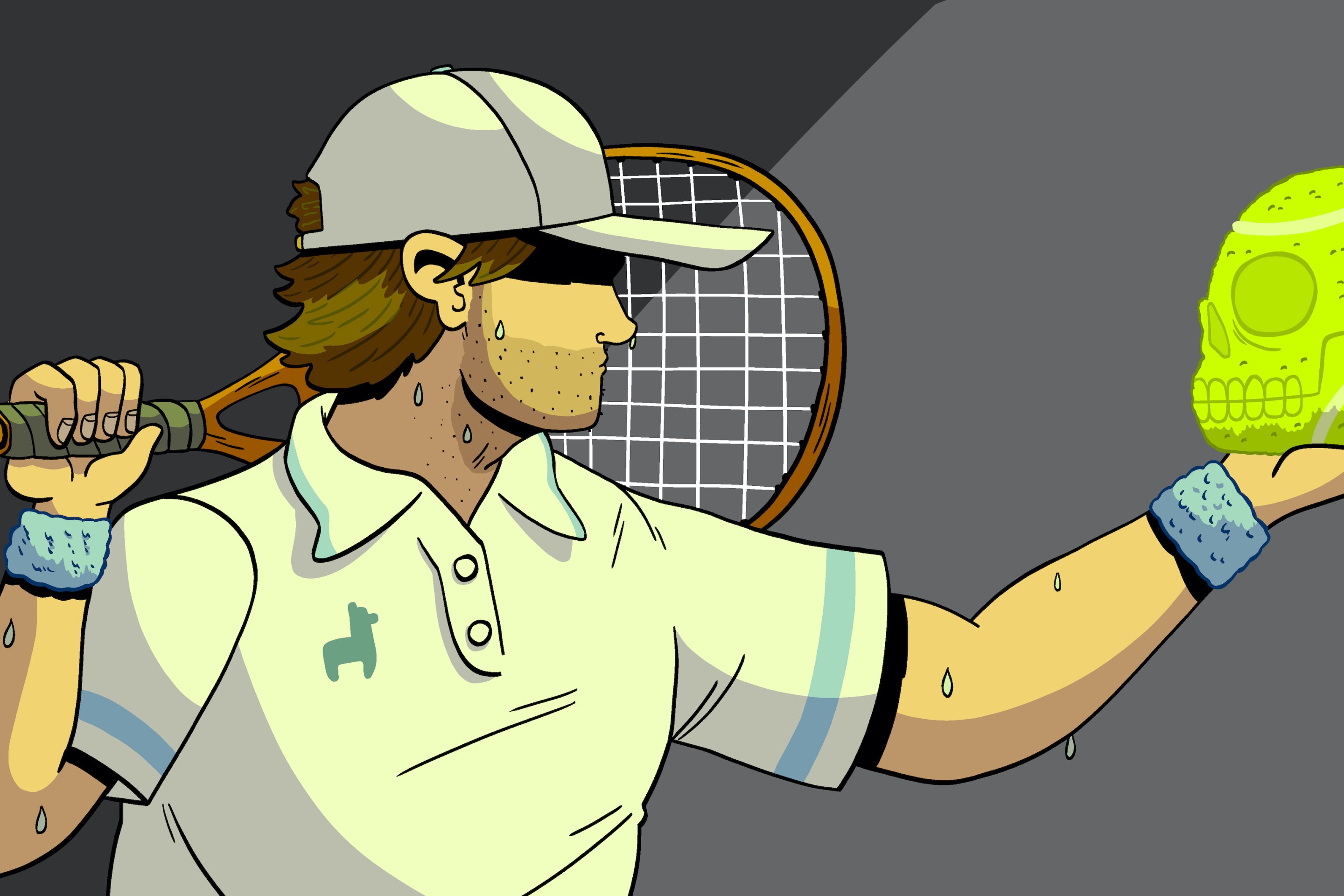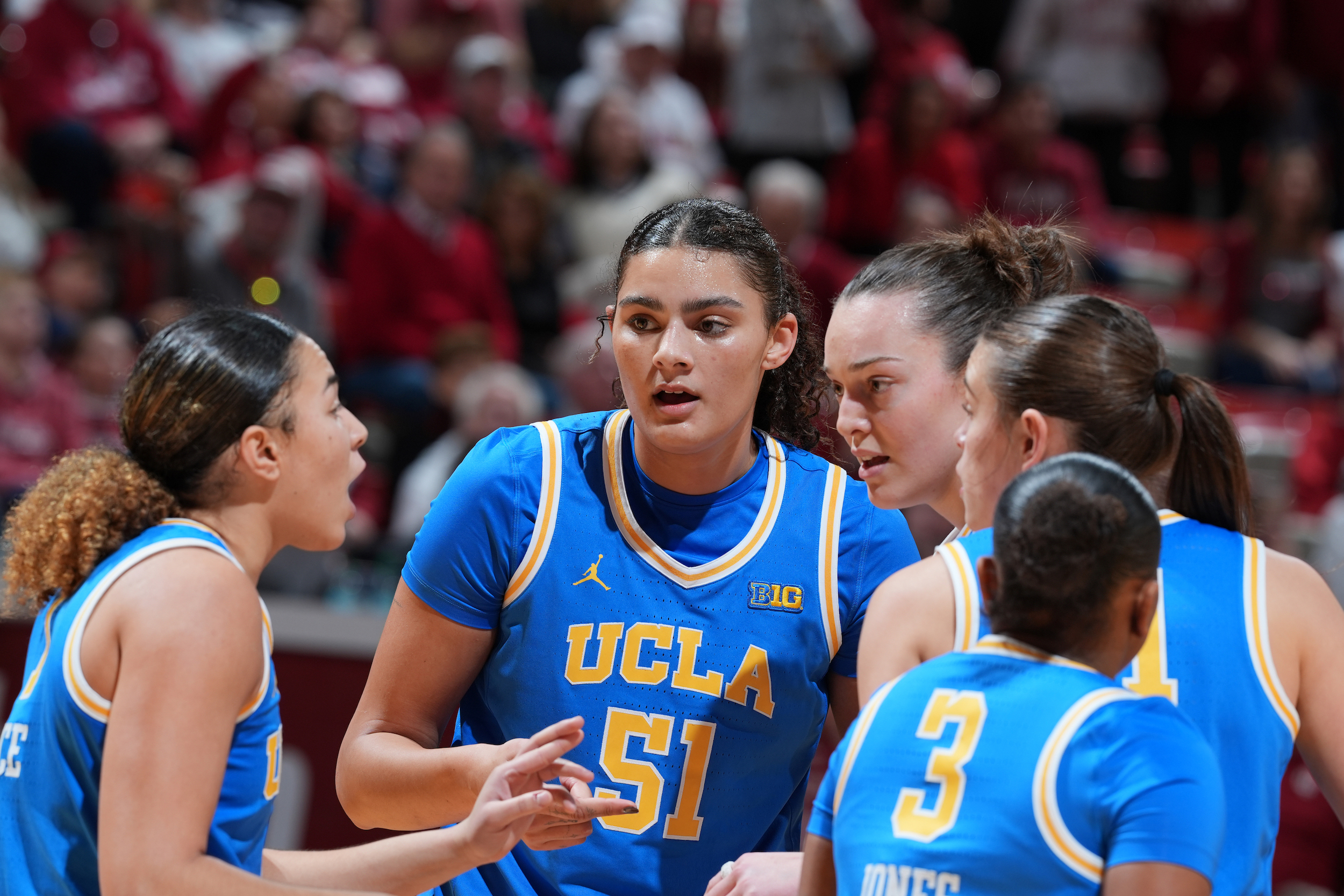Last week, Pete Alonso gave an unusual answer to a familiar question. The question was about sticky stuff in baseball—who is using it and how much, and what should be done about it by the league. The answer, which Alonso delivered in the sort of high-pressure stream generally associated with a shotgunned beer, addressed a broader problem. "I think that the biggest concern is that Major League Baseball manipulates the baseballs year in and year out depending on the free agency class, or guys being in an advanced part of their arbitration," he said. "So I do think that’s a big issue, the ball being different every single year." When challenged on it, Alonso reiterated that he'd said what he'd said—that he and other players believed that MLB, which owns the company that manufactures the baseballs used in big league games, changes the composition of those balls as a way to goose or suppress offense from year to year as a means of manipulating the stats of players due to get paid off those numbers.
Alonso also made it clear that he didn't really have a problem with pitchers using the same grip aids that hitters use—"our on-deck bag, we have a pine tar rag, a pine tar stick, like a special sticky spray, rosin, I mean, you name it, we have it"—if it would give them a firmer purchase on the ball. It was the ball itself that Alonso was concerned about, and where he thought the problem really was. "Maybe if the league didn’t change the baseball," Alonso said, "pitchers wouldn’t need to use as much sticky stuff."
There are a number of ways to tell the story of how Sticky Stuff became baseball's big problem, and the cacophony of that broader conversation is in effect a harmonizing of all those different stories being told at the same time, very loudly and in competition with each other. There is, if you squint and stretch a bit, a way to tell this whole thing as a breathtakingly petty cheating-related arms race born of the decade-long feud between Gerrit Cole and Trevor Bauer. There is the sport's permanent seamy underground economy in illegal substances running between players and clubhouse attendants, which always winds up being much more hazardous to the clubbies than the players. That story, for better or worse, happens to be full of All-American scuzz and very fun to tell—think of Cole blithely texting "very thick stuff thank you" to a clubhouse attendant from whom he has just purchased a vial of viscous brown goo, or the entire existence of unholy strongman adhesive Spider Tack. There is, running under and through all this, the league office's cynical and self-interested fixation on finding ways to make the its players look grasping and unsympathetic, an ancient and reflexive obsession that Commissioner Rob Manfred has seized upon whenever and wherever he can as the sport's owners prepare for a lockout after the league's collective bargaining agreement expires this winter.
Pitchers used sunscreen & rosin everyday (myself included) for control of the baseball. Other pitchers used foreign substances to enhance the spinrate. The old, "give an inch, take a mile." It went too far. This is why we can't have nice things.
— Jerry Blevins (@jerryblevins) June 15, 2021
And there is also and always the fact that people have been cheating at baseball for as long as people have been playing it. More than one of these stories can be true. All of them are at least somewhat true. But none of this would be happening in quite this way if it were not for the baseball, which in recent years demonstrably has been juiced and de-juiced in ways that are both observable and vexingly secret. This year's ball appears to fly less far than the juicier 2019 model, but pitchers also instantly noted that it was much more slick and difficult to grip. Whether that de-juicenating was done by the league to cut the bottom out of a free-agent market led by some soon-to-be-rich young shortstops or just done as part of Manfred's endless campaign of weird tweaks, it was done, and done by the league. This is part of where Alonso is correct: the ball changed, again, and pitchers responded.
There are various substances that can help when it comes to holding onto the ball, some of which MLB has tacitly approved—there's a rosin bag on every MLB mound, and pitchers have long mixed that powder with sunblock on their arms to that end. There are also those other, much stickier and much more performance-enhancing adhesive substances that MLB had, for years, pointedly ignored. None of these alter the ball's flight path in the way that pitchers sought to do when scuffing or otherwise defacing the ball generations ago. But they do enable pitchers to throw at max effort with more certainty about where the ball is going. That this became a problem owes to how well those other substances worked, and how widely they wound up being used. But that is grounded in large part in the challenges these strange and ever-changing baseballs presented to the people trying to throw them.
Tyler Glasnow sounds off on MLB's foreign substance crackdown and how it may have led to injury 😳 pic.twitter.com/47rcTnpk0l
— B/R Walk-Off (@BRWalkoff) June 15, 2021
"If you felt these balls, how inconsistent they were," Rays pitcher Tyler Glasnow said on Tuesday, "you would have to use something." Glasnow said that he had availed himself of the MLB-approved mixture of sunblock and rosin, and that he'd stopped when the league said earlier this week that even that would not be permitted. He was giving the press conference because he has an elbow injury that could cost him the rest of the year, which he blames in part on having to change his grip.
The bigger problem, which connects more directly to the one Alonso identified, is institutional. The problems that the league created by messing with the baseballs, and then by ignoring the spread of these various performance-enhancing spackles, is now something it has to at least appear interested in fixing. MLB has, however belatedly, now made the decision to police the previously invisible border between what the league was willing to tolerate and what it was unwilling to acknowledge, and plans to fix the problem its inaction and inattention created. It is going to do this in the ways that sports leagues generally try to fix things, which is through a wilderness of new rules, and with the blunt instrument of enforcement.
It is also no coincidence that MLB's sudden urge to eradicate sticky stuff from the game has arrived right as complaints about the game collapsing into its three true outcomes reached their highest volume. Baseball was happy with gunked-up balls when it thought that wicked sliders and homers and strikeouts were what it was selling, and steered into that skid with its signature lack of feel. That first overcorrection made the second inevitable; it is unhelpful, it turns out, when owners who do not care about baseball and a commissioner who does not seem to know why anyone would watch it start messing around with it.
The correct way to deal with a problem like this would be to take it for what it is, which is more a product issue than a moral crisis. That's what Glasnow was asking for when he said that the league should have waited until the offseason to do something about the issue, in order to give pitchers time to adjust. But that would require baseball to admit that maybe there is something wrong with the game beyond the people who play it. It's much easier for the league to just start labeling a huge number of its workforce as cheaters, and start handing out those 10-game suspensions. MLB is not the first institution to throw some rhetoric and a mandate and a bunch of cops at a problem they ignored and tinkered and calculated into existence over the course of years. But it is a little easier to laugh at here. Very thick stuff, thank you.
It doesn't matter, really, whether this is the sort of masterful conspiracy that Pete Alonso described or yet another case of some dim rich guys being startled and dismayed by the unintended consequences that their sour and whimsical executive dereliction so reliably produces. It all ends up in the same place, and this is where the game is—a Sticky Stuff problem that the league created by messing with the baseballs and will now aim to fix by punishing the baseball players. There is no reason for Alonso or any other player to trust that the people currently handing down new rules and new penalties and new regimes of enforcement to apply them are doing so because they have the game's best interests at heart. But, and more to the point, there is no reason for those players to believe that the people now blustering and rule-making about fixing this problem really want to do so—not just because the owners and Manfred are so manifestly untrustworthy on their own merits, but because the players were right there while the league helped create this problem in the first place.
The current situation with the sticky stuff is not so much an unforced error as a bad situation that the league has repeatedly and passively opted into. It all sucks, and not just because of how easy it would be to fix—a league-approved sticky substance, as suggested by White Sox closer Liam Hendriks, would instantly level the playing field and set a reliable industry standard without forcing pitchers to alter their routines halfway through a season. But, having passively (or, anyway, with plausible deniability) created this problem, the league seems determined not to waste it. The league will do its best to make the players look like a bunch of spoiled, scammy cheaters, on principle. And they will make any actual solution to this part of those CBA negotiations. What is a problem for players is, for owners, mostly an opportunity to push an old message and chase some new concession.
The specific things that Alonso was or wasn't wrong about doesn't really matter, and at any rate would be very difficult to prove. The more worrying part is how plausible it was, which was less about whether MLB could mastermind that kind of conspiracy and more about how obviously it would, and how manifestly the league's cynicism and inaction has created the circumstances in which just this kind of mess could spin itself up out of nothing, simply because no institutional authority in the sport cared to stop it from happening or could be trusted to try to fix it in a reasonable way. Major League Baseball has long had two preferred methods of dealing with cheating in the sport, the first of which is to ignore it and the second is to Crack Down Very Strongly. It is tempting to say that neither works very well, but that's only true in terms of actually fixing the problem of cheating. In the ways that seemingly matter most to the owners and Rob Manfred, which are less about the game and more about control, they work just fine.





